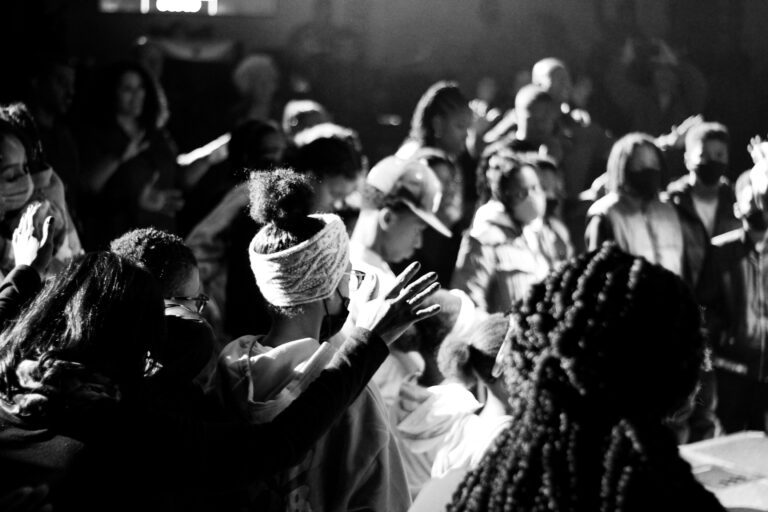In many churches today, revivals are like prescription drugs, taken daily, morning, afternoon, and evening. Revival services are now weekly, bi-weekly, or monthly events, which makes me wonder: What exactly are we reviving?
To revive means to bring something back to life because it has become lifeless, weak, or cold. In the Christian tradition, revival is the renewal of our love for God, a fresh awakening by the Spirit, and a call to return to obedience and faith. We seek revival when we drift from God’s covenant of grace, when our hearts grow cold, or when sin numbs us to God’s presence. True revival transforms us from within and shapes us to live lives worthy of God’s call.
Biblically, revivals as organized events are not found. Yet throughout Scripture, we see moments when God’s people were called back to God after turning away. God raised leaders like Joshua and prophets to bring Israel back into the covenant (see 2 Kings 22–23). In the New Testament, Peter and the other apostles’ revival at Pentecost brought many people to repentance and renewal. These moments were about God, not speakers on a flyer, impressive lighting, or sound systems. They were about the Spirit of God moving, changing hearts, and calling people to renewal.
True revival leads people back to God; it does not lead to fundraising. It breaks the yoke of sin, not the wallet of church members. It stirs urgency for people to seek God’s justice and righteousness, not for visas, prosperity, or to kill their enemies with prayer. Genuine revival should encourage people to pursue holiness and social change.

Historically, revivals have shaped nations and left lasting marks on the church. From the Pietist movement in 18th-century Europe to the Second Great Awakening in 19th-century America, revivals were not just church events but seasons of widespread repentance and renewal. Leaders like Philipp Spener, August Francke, George Whitefield, Charles Finney, and later evangelists like Billy Sunday and Billy Graham drew crowds not because of spectacle, but because people were hungry for God.
But what do we see today? It is no secret that many revival services are driven more by economic interests than spiritual hunger. Seed sowing, special envelopes, self-seeking prophecies, prosperity seeking, and “kill my enemies for me” prayers dominate these gatherings. Flyers feature a parade of cosmetic photos, names, and titles. It becomes more about the showmanship of the prophets than of God.
Therefore, is it not right to ask: If revival is truly about renewing our spirit and restoring our walk with God, how did it become a worship ritual on the church’s weekly/monthly calendar? Can our hearts wither so quickly that we must be revived every week or every month? Or have we grown comfortable with the cycle of falling, sinning, and drifting away because we know another “revival” will be waiting at the end of the month, like a safety net for our complacency? Are we truly reviving souls, or simply rehearsing events? Are we awakening hearts, or just filling the church calendar?
What we see today is not revival but showmanship, the pursuit of fame, false prophecy, and exploitation. So, the question remains: What are we reviving?
As always, theology is fine! Trust me!!











